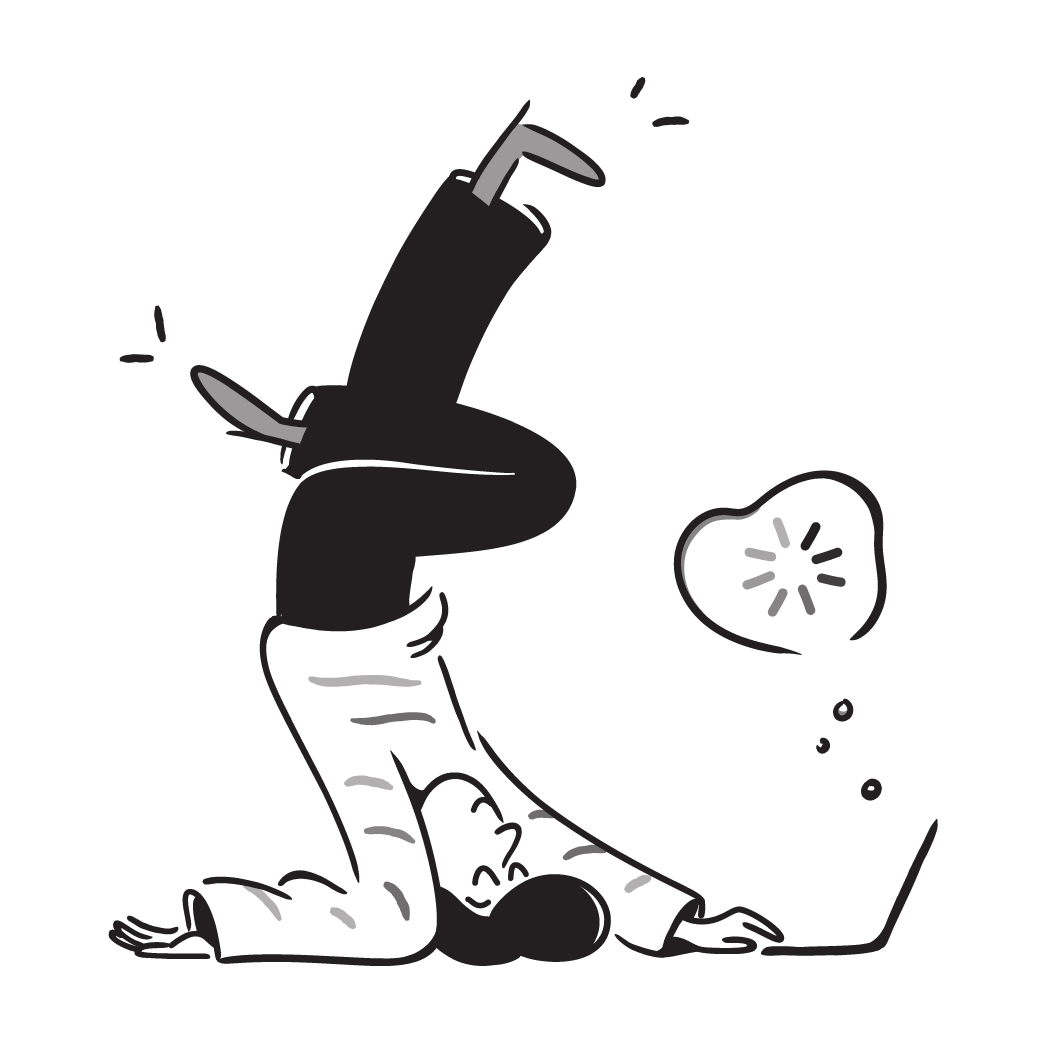PhD Stillness: Pause or Paralysis?
PhD stillness isn’t laziness. Sometimes it’s pause. Sometimes it’s paralysis. Knowing which changes how you respond.
Supervisor comments untouched, the body unmoving. But pause and paralysis aren’t the same — and naming them with accuracy changes everything.
The comments from your supervisor sit in a file you skimmed weeks ago, margin notes shouting “clarify” — but the document hasn’t been touched since. Your body hasn’t moved. Another day slips by without evidence of work.
Inside, though, there’s a crucial distinction: sometimes that stillness is pause — a breath your system actually needs. And sometimes it’s paralysis — a shutdown where your mind quietly pulls the plug.
Both are silent. Only one restores.
The Music Metaphor
Think of a symphony. When the conductor holds a rest, the silence is charged. Everyone knows it’s temporary, part of the score. The stillness has energy.
Paralysis feels different. Imagine the lights going out mid-concert, the stage frozen. The silence is heavy, ruptured, confusing. There’s no sense of return.
Both are quiet. But the quality of that quiet tells you everything.
Why Distinguishing Matters
PhD life is full of stillness: screens open, documents half-read, hours disappearing in libraries.
If you misname pause as paralysis, you’ll scold yourself for resting. If you misname paralysis as pause, you’ll sink deeper into shutdown without noticing.
Labeling it accurately isn’t semantics — it decides whether you re-enter with energy, or spiral deeper into shutdown.
Signs of Pause
You stretch without planning to, or yawn so deeply it feels like your body made the decision for you.
The kettle clicks just before it boils, and you catch yourself listening — not rushing.
Ideas drift in the background, fragments reshuffling themselves while you’re not looking.
Even in the stillness, there’s a flicker of choice: you could move if you wanted to.
Signs of Paralysis
Your shoulders creep up until they’re almost brushing your ears, breath caught shallow in your chest.
You tell yourself you’ll start, but it doesn’t feel like a choice — it feels impossible.
The page is open, but the screen inside your head has gone dark.
Hours pass, but nothing shifts; it’s like your mind has quietly unplugged itself.
Jonathan’s Story
Jonathan thought he was taking a break. He let Netflix autoplay, scrolled through headlines, told himself the downtime was deserved. But by the end of the evening his stomach was tight, his shoulders hunched, his breath shallow. He wasn’t rested — he felt like he’d vanished.
That wasn’t pause. It was paralysis.
What shifted him wasn’t another hour on the sofa. It was stepping out into cold air, walking until he could feel his body again, phoning a friend who reminded him he was still there. Only then could he re-enter the work.
Why This Isn’t Laziness
So many doctoral students collapse pause and paralysis into one word: laziness.
But laziness is almost never the truth. What’s happening is either:
Pause → intelligent recovery.
Paralysis → intelligent protection.
Neither is moral failure. Both are adaptive responses — ways the body-mind protects capacity when it feels under threat.
A Quick Self-Check
Next time you’re still, try this quick test:
Does the silence feel rhythmic — or ruptured?
Do you sense background drift — or blankness?
Do you feel lighter afterwards — or heavier?
Answering honestly will tell you whether to let the pause deepen, or gently reset from paralysis.
Reframing Stillness
Pause isn’t wasted time — it’s momentum stored in silence.
Paralysis isn’t laziness — it’s protection misunderstood.
When you mislabel, you punish yourself. When you name it clearly, you can respond wisely: letting pause expand, or helping yourself out of shutdown.
Closing Thought
Today’s stillness has a name. If it’s pause, let it protect your rhythm. If it’s paralysis, you’ll need more than patience to re-enter.
Next Tuesday, I’ll share a map for how to move gently out of paralysis — without mistaking shutdown for rest.



